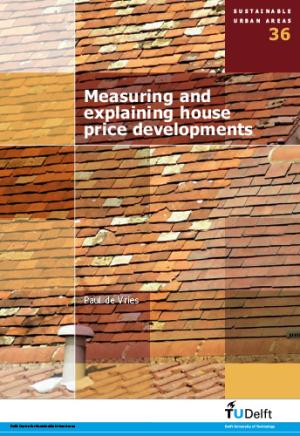Hosted by
Measuring and Explaining House Price Developments
Synopsis
This study discusses ways of measuring and explaining the development of house prices. The goal of the research underpinning this dissertation was to develop a methodological framework for studying these developments. This framework relates, first, to correcting for changes in the composition of dwellings and, second, to the fundamentals of the price development. Using the weighted repeat sales method and sale price appraisal ratio (SPAR) method, house price indexes were developed for the Netherlands. Both the Dutch land registry office and Statistics Netherlands publish the SPAR based house price index monthly. To explain and predict changes in prices, a house price model is presented. As suggested in literature on western housing markets, the Dutch house price developments can be explained by demand-oriented short-run term variables and a long-run term variable. Using the house price model, this work identifies the fundamental factors in the development of house prices, a long-run equilibrium between interest payments and income, and the weak relationship on an aggregated level between house prices and newly built dwellings.

